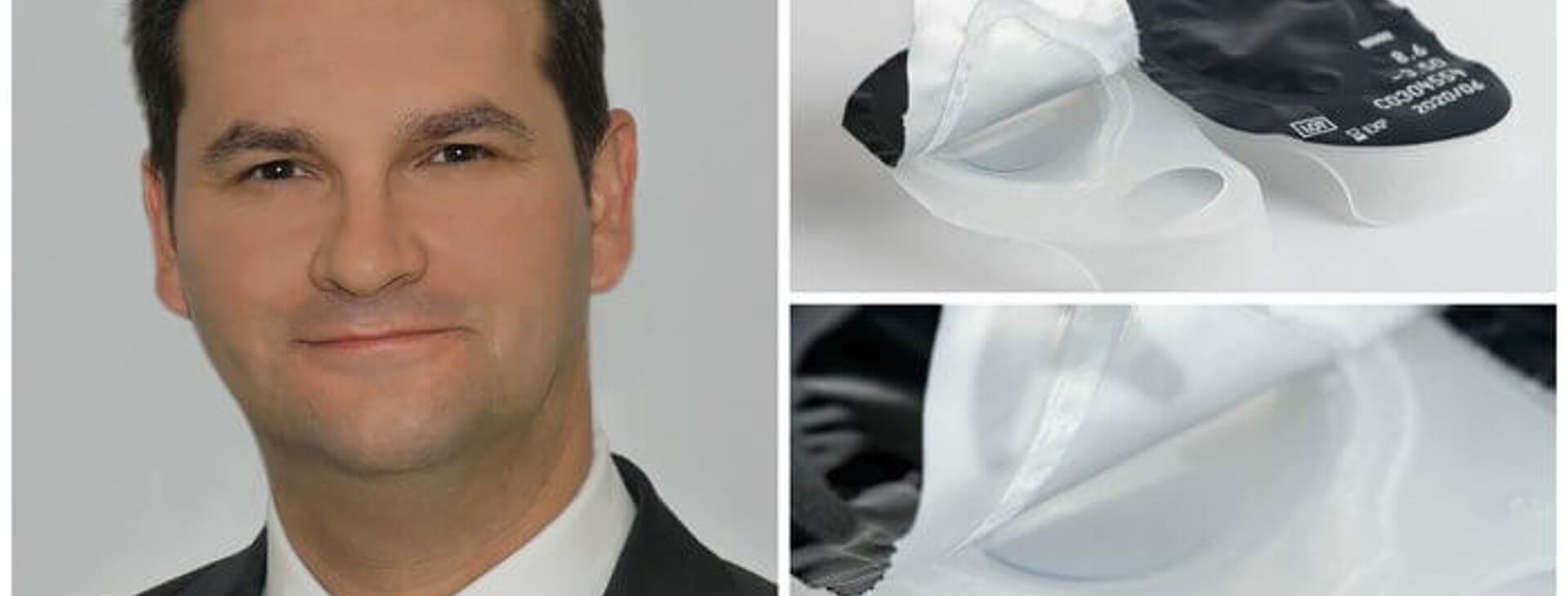
"Primary packaging material for contact lens must have the highest possible standard"
Expert Interview Pharma Division…on Contact Lens Packaging with Thomas Beer, Regional Sales Manager Asia & Pacific
Constantia Flexibles: Contact lens packaging – probably most people have not thought about that before. What are the special requirements when it comes to packaging contact lens?
Thomas Beer: Let me start by answering with a question - what is the most sensitive organ a human has? The eye! Everybody knows the feeling when you have something in your eye. It is very unpleasant or it even hurts. The smallest particle gives a lot of irritation to the eye and can lead to infections or even worse. If you take this into account it becomes clear that the primary packaging material for contact lens must have the highest possible standard. This goes for the flexible packaging supplier but also for the contact lens manufacturer. This is a business where zero defects can happen.
Constantia Flexibles: Is all contact lens packaging made the same or are there differences, say based on countries or regions?
Thomas Beer: The individual contact lens producers have the same packaging for the same lens around the world. But there are certainly big differences among the contact lens manufactures and the individual products. Every manufacturer has his own “style”.
Constantia Flexibles: What has been one of the most interesting projects regarding packaging for contact lens in the past?
Thomas Beer: To be honest, the development of a contact lens packaging from day one to the finished material with one of our key customers was the most exciting project. To see the single project steps of the material development by our technical team and - at the same time - to see how the customer is developing his equipment, adjusting the machines to our material development and fine tuning their process over the years.
Constantia Flexibles: Every third contact lens packaging in the world is made by Constantia Flexibles. Where are your largest markets and where do you see future opportunities?
Thomas Beer: Comparing the amount of so-called “One Day Contact Lenses” globally sold with the amount of people who are still using glasses or even do not use any support for seeing - even though they would actually need it - for fashion or personal reasons, the potential is huge. I think it is wrong to believe that everybody who is wearing glassed could change over to contact lenses but there will be cases where a contact lens is maybe the better option. It must be the goal of the contact lens industry to find strategies to encourage more and more people to try trading in glasses for contact lenses
Constantia Flexibles: How do you see the future of contact lens packaging? Will it stay basically the same or are you working on new materials, shapes and functionalities?
Thomas Beer: The contact lens industry is a very conservative industry which likes continuity does not like to changes on one side but on the other side there are exciting developments and projects on its way. There are innovative new packaging formats on the market and I am sure we will see new ideas or formats in the near future.
The contact lens industry is also trying to find new markets where a contact lens can be beneficial due to new and additional functionalities, for example to measure the sugar level of a diabetes patient via the contact lens – I am sure we will hear more about that in the future.